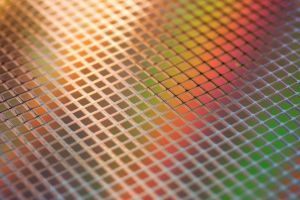Month: May 2015

This is Blog #8 of 13 in our Solid State Drives 101 educational series. If you're ready, continue to Blog #9: Controller Block Diagram. This article follows the Basic SSD Controller Architecture article. It will focus on the connection between the SSD controller and the NAND flash. There are many NAND configurations in SSD design and it makes a...

Embedded industrial data storage flash devices have been used in many medical device applications due to their high reliability, modular form factors and long life cycles without BOM change. For many medical devices, a relatively simple memory device like NOR flash and serial flash can meet all the needs of a design. An example would...

Over the years, I've seen many embedded systems designed to a specific vendor's flash card. In most cases, industry standard specs were available at the time of the design as reference. The industry standard specs contain signal and timing information for worst-case situations on a given form factor. Read the rest at: http://embedded-computing.com/guest-blogs/design-your-flash-card-interface-to-the-spec-not-to-a-vendor/

This is Blog #7 of 13 in our Solid State Drives 101 educational series. If you're ready, continue to Blog #8: Channels & Banks. Previous articles described the NAND architecture from the basic NAND cell to a packaged component. This article begins to integrate the controller into the picture. Without a controller, the NAND is a relatively unintelligent...

For simple consumer applications, like replacing a hard drive with a solid state drive in an individual’s notebook computer, limited technical support is required. At most, there may be some questions regarding specifications and installation which can be easily summed up in a brief document. What is a solid state drive used for might be handy. But...






